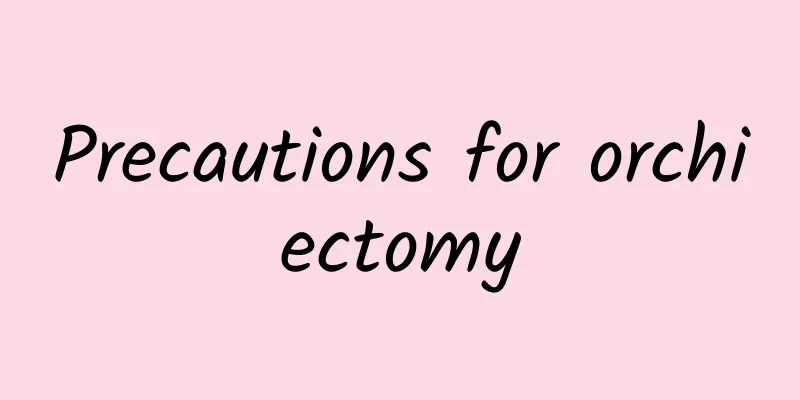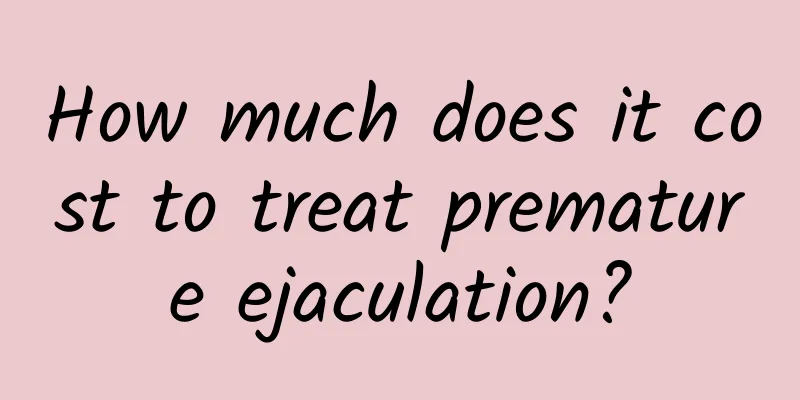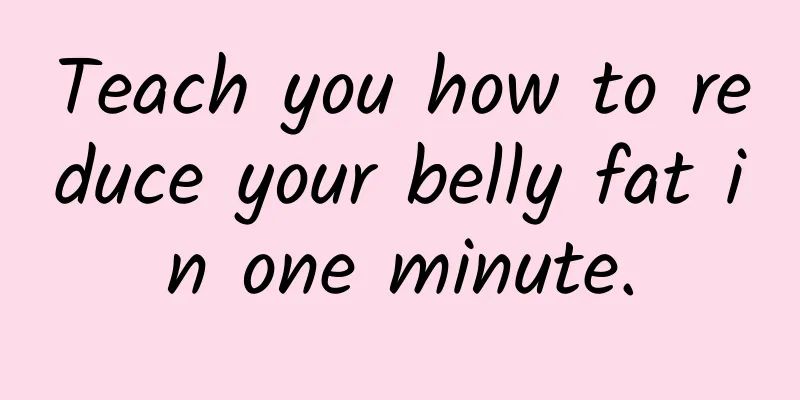Precautions for orchiectomy

|
The testicle is one of the more important reproductive organs for men. It plays a vital role in men's sexual life and fertility. However, there are often some unsatisfactory things in life, such as some diseases or some injuries that cause many men to have to remove their testicles. Many men cannot accept this, but if the testicles are not removed, their lives will be in danger. Therefore, we must maintain a calm attitude to face it. Let's learn about the precautions of orchiectomy. Orchiectomy is mainly used for testicular tumors. Orchiectomy can also be performed if the testicles are severely damaged and cannot be preserved due to other reasons. For testicular tumors, the spermatic cord is first ligated and cut at a high position near the internal ring, and then the tumorous testicle is removed. When orchiectomy is performed due to other lesions or damage, the spermatic cord can be cut at a low position and the testicle can be removed. Precautions after orchiectomy 1. For those who have been confirmed to have testicular tumors before surgery, the spermatic cord should be freed first and ligated and cut at the internal ring, and then the testicle and tunica vaginalis should be separated to reduce the hematogenous spread caused by compression. If the diagnosis of testicular tumor has not been confirmed, the vas deferens should be separated first after the spermatic cord is freed, and the blood flow of the spermatic cord should be blocked with a soft forceps, and then the testicle should be freed. After protecting the incision with gauze pads, the testicle should be carefully examined, and the tunica vaginalis should be cut open for examination if necessary. Suspicious tissues should be immediately sent for frozen sections for qualitative analysis. Testicular removal can only be performed after a malignant lesion is confirmed. 2. If the nature of the testicular tumor is confirmed to be embryonal carcinoma, teratocarcinoma or teratoma, orchiectomy and retroperitoneal lymph node dissection can be performed at the same time if the patient's condition permits. 3. For non-tumorous testicular lesions, the principle is to preserve the testicular tissue as much as possible. Partial orchiectomy is feasible, removing the lesioned tissue and preserving the functional part of the testicle. 4. When cutting the spermatic cord, the spermatic vessels and vas deferens should be ligated separately to prevent the knot from slipping and bleeding. If it is a tuberculosis lesion, the end of the vas deferens needs to be treated with carbolic acid, 75% ethanol and isotonic saline. Having a healthy body is particularly important for everyone. The above is an introduction to the precautions for orchiectomy. Although orchiectomy is harmful to physical and mental health for men, for the sake of physical health, I hope that many male friends can maintain a good attitude. In addition, if the body can recover faster, you should pay more attention to adjusting your diet and eat more light foods. |
<<: How to treat foreskin sebaceous glands?
>>: How to treat penile sebaceous gland ectopy
Recommend
The health of the liver can be judged by the amount of alcohol consumed
People who love wine will have the habit of drink...
Penis enlargement surgery
Penis enlargement is a common surgical method in ...
Pearly papules
When it comes to diseases like pearly papules, I ...
How to trim eyebrows for boys
The length of a man's eyebrows is related to ...
My boyfriend can't ejaculate
When a man and a woman develop to a certain point...
What to do if you have small testicles
Some male friends find that if the size of their ...
How to make your testicles full
The testicles are important organs for maintainin...
What are the treatments for premature ejaculation in young people?
Premature ejaculation is very common among middle...
Can a 19-year-old man still grow taller?
Human height growth is the result of bone cell di...
Why do men like to drink?
In fact, alcohol is not only a must-have drink fo...
Can I shave the hair on my balls?
The testicles are the testicles of men, and the h...
Why did you ejaculate so quickly?
The length of sexual intercourse between couples ...
What are the symptoms of gonococcal prostatitis?
Prostatitis can be divided into two types: gonoco...
What is the corpus cavernosum? A man's secret
The corpus cavernosum is of great significance to...
Can a man without sperm ejaculate?
The behavior of male ejaculation is mainly contro...









